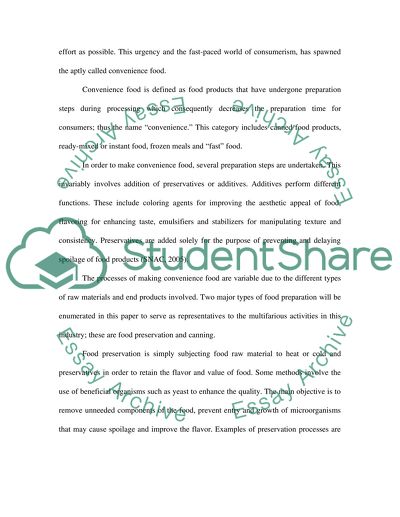Cite this document
(“Convenience Food Essay Example | Topics and Well Written Essays - 2000 words”, n.d.)
Retrieved from https://studentshare.org/sociology/1503030-convenience-food
Retrieved from https://studentshare.org/sociology/1503030-convenience-food
(Convenience Food Essay Example | Topics and Well Written Essays - 2000 Words)
https://studentshare.org/sociology/1503030-convenience-food.
https://studentshare.org/sociology/1503030-convenience-food.
“Convenience Food Essay Example | Topics and Well Written Essays - 2000 Words”, n.d. https://studentshare.org/sociology/1503030-convenience-food.


